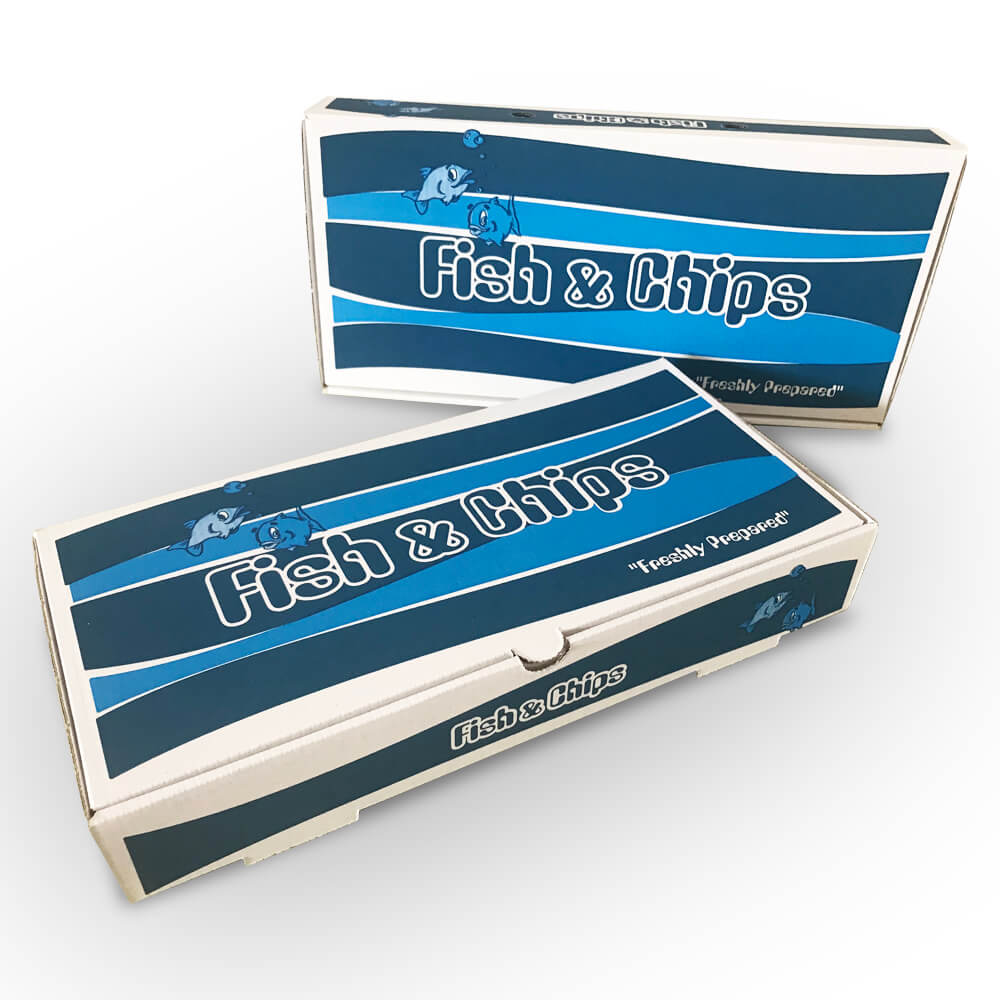The Versatility and Importance of Cardboard Boxes
Cardboard boxes are one of the most ubiquitous items in our daily lives, often taken for granted yet fundamental to countless industries. From retail packaging to storage solutions, these seemingly simple structures serve a multitude of purposes, making them essential in both commercial and domestic contexts. Their versatility, eco-friendliness, and cost-effectiveness contribute to their widespread use, making them a staple in our consumer-driven world.
A Brief History
The origins of cardboard can be traced back to the 19th century, with the first patent for a cardboard box being granted in 1817. Initially used for packaging hats, it wasn't long before the advantages of cardboard extended to various industries. The introduction of the corrugated box in the 1870s revolutionized packaging, providing added strength and durability. Today, cardboard boxes come in various sizes, shapes, and grades, tailored to meet specific needs.
Benefits of Cardboard Boxes
One of the primary reasons cardboard boxes are so widely used is their lightweight nature
. They are easy to handle, transport, and stack, allowing for efficient use of space during shipping and storage. Moreover, cardboard is an excellent insulator, protecting contents from temperature changes and external impacts. This feature is particularly crucial for shipping fragile items, such as electronics and glassware.cardboard box

Another compelling benefit of cardboard boxes is their sustainability. Made from renewable resources, cardboard is biodegradable and recyclable, aligning with the growing emphasis on environmentally friendly practices. Many companies are now opting for cardboard packaging over plastic, not only to reduce waste but also to appeal to eco-conscious consumers. The cardboard recycling process is relatively simple and plays a significant role in reducing landfill waste, making it a more sustainable choice for packaging solutions.
Cardboard in Everyday Life
Cardboard boxes are an integral part of numerous aspects of life. In the retail sector, they serve as primary packaging for products, ensuring goods arrive safely at stores and ultimately, at consumers’ homes. E-commerce has seen a significant rise in the use of cardboard boxes, especially with the boom in online shopping. Companies like Amazon rely heavily on cardboard for shipping a diverse range of products, streamlining the delivery process and enhancing customer experience.
In addition to shipping and retail, cardboard boxes are extensively used in various industries for organization and storage. They are the go-to solution for moving homes, providing an affordable way to pack belongings securely. In creative contexts, cardboard is often repurposed for arts and crafts, inspiring individuals to create innovative projects and reduce waste. Whether used to build a playhouse for children or as the foundation for sculptures, cardboard encourages creativity and sustainability.
Conclusion
The cardboard box may appear simple, but its impact on our lives is profound. It serves essential roles in transport, storage, and even creativity, embodying a perfect blend of functionality and sustainability. As industries continue to evolve and prioritize eco-friendly practices, the significance of cardboard boxes is likely to grow. More than just a shipping container, they stand as a testament to the innovative spirit of packaging design, supporting countless businesses and households worldwide. In appreciating the cardboard box, we recognize the importance of resourcefulness—both in the products we use and in how we choose to protect our environment.



